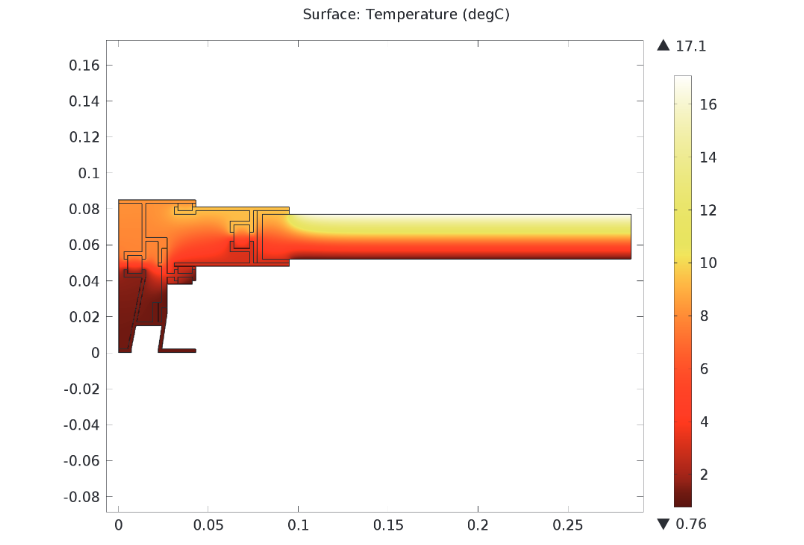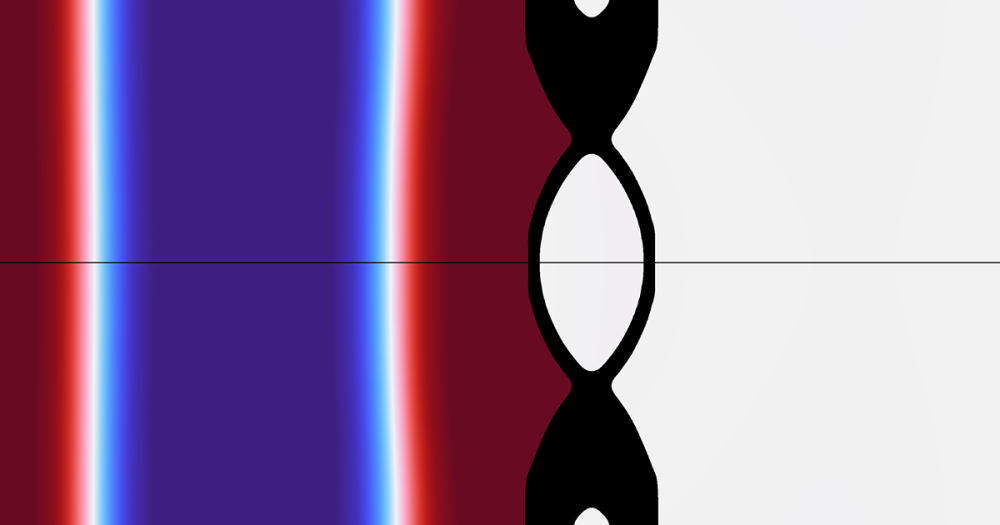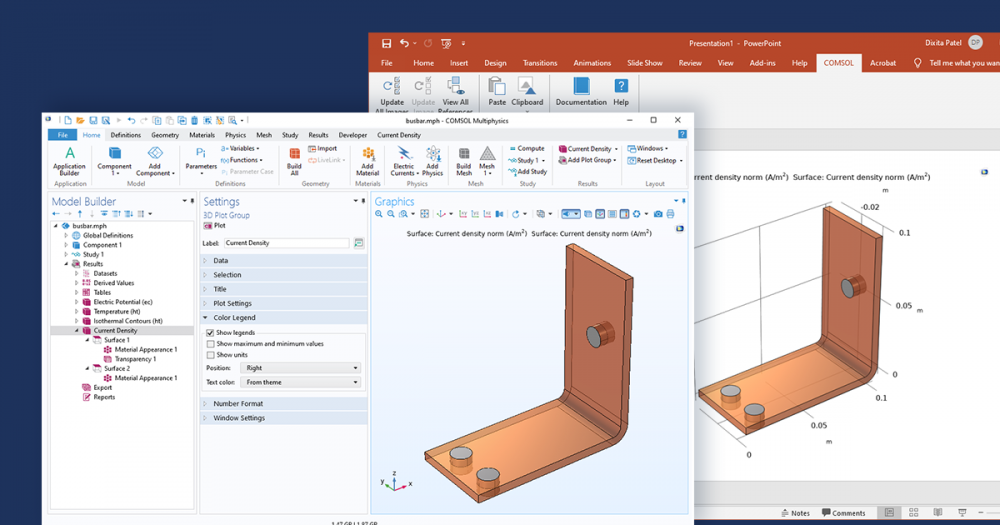
Architects cannot just be artists. A new building must not only be aesthetically pleasing but also structurally sound. In the design of modern buildings, great attention is paid to concepts such as environmental comfort and energy efficiency. With a range of physical problems to address in the transition from a building’s concept to a completed design, the 21st century architect may turn to multiphysics software.
In the News: Architects Use Modeling Software
In December, I came across an article from the BBC drawing the public’s attention to computer-aided design in architecture. The article cites a number of essential contributions of modeling, which include the structural analysis of Jørn Utzon’s radical design for the Sydney Opera House and a fluid-structure (facade pressure) study of the Burj Khalifa in Dubai. Additionally, fluid flow, microclimate, and acoustic studies are also referenced.

The Sydney Opera House.
From this article, it is clear that architecture benefits from software outside the traditional fields of drawing tools and structural analysis. The way that modern architects use modeling software is underlined by the breadth of interests discussed in the “Building Design Simulation” user presentation session at the COMSOL Conference 2014 Cambridge. Some of this research includes mass transport and flow in the determination of cleanroom quality, acoustic development of soundproof windows, thermal analysis towards “Energy Zero Building”, and so on.
Conjugate Heat Transfer for Building Facades
One of the poster prize winners at the COMSOL Conference 2014 Cambridge was Carmelo Galante of Newtecnic (London, UK). He presented his work using COMSOL Multiphysics to study the heat transfer performance of a facade, specifically a double-glazed window in which the air cavity also contains “solar control devices”. These are essentially blinds that can reflect a proportion of the incident solar radiation. You can read the details of his analysis here.
Galante’s study used the Heat Transfer Module to investigate the combined influence of all three modes of heat transfer: conduction, convection, and radiation. The cavity is mechanically ventilated so fluid flow can arise due to forced convection as well as natural convection. On the basis of a “U-value” that quantifies thermal performance, the design was optimized by changing the number and position of forced flow inlets and outlets. By combining fluid and thermal physics with radiation in a single modeling environment, the interplay of the different physical effects can be evaluated.
Why Else Would Architects Model?
In the Model Gallery, you can find an assortment of other examples from the world of architecture. Many architects will be interested in thermal analysis, as in the conference work mentioned above. Additionally, in the Heat Transfer Module, there are several examples related to the building and construction industry. One of them considers the thermal performance of a window, illustrating the effect of different glazing configurations.
Below, you can see the material configuration of an ISO standard sliding window, together with the temperature profile from a COMSOL Multiphysics analysis. The predicted heat loss of 0.65 W/(m.K) is quite large due to the high thermal conductivity of the aluminum structure.

The geometry of the sliding window.

Temperature distribution in the sliding window.
Structural stability analysis is still important, too. In the Geomechanics Module, there is a model of a concrete beam in which a mechanical model is used to assess the additional structural rigidity due to steel “rebars”. Rather than assuming that the concrete is just a linear elastic material, the empirical Ottosen plasticity model is used to describe the concrete.
My colleague Bridget recently wrote about a larger-scale study of facade reflectivity and coupled thermal effects: the formation of a caustic surface due to the concave glass facade of the Vdara® hotel in Las Vegas. Here, COMSOL Multiphysics was used to investigate a harmful consequence of the building design “after-the-fact” using the ray tracing functionality of the new Ray Optics Module.
Just as ray tracing allows us to study light paths and reflection at the building scale, ray acoustics can be used for acoustic analysis in the limit where the acoustic cavity is much larger than the wavelength of the sound. This is typically the case for large rooms, such as theaters and concert halls, where a clear understanding of the acoustic properties is essential. In the Model Gallery for the Acoustics Module, you can find an example of a small concert hall with the pressure and energy impulse responses computed.
LiveLink™ for Revit®
With the release of COMSOL Multiphysics version 5.0, we introduced a new product that is designed to integrate architectural designs with multiphysics simulations: LiveLink™ for Revit®. This integration tool and interface transfers design elements from Autodesk® Revit®, a leading software within architectural design, to the COMSOL Multiphysics software.
Using LiveLink™ for Revit®, you can take geometries for particular rooms and architectural elements within a building and then synchronize them with your COMSOL Multiphysics model. You can add additional physical effects to the model as needed, just as if the geometry were built in COMSOL Multiphysics. By choosing which details you would like to include, you can ensure an accurate simulation.
Try Some Model Building
With multiphysics modeling for architecture active in the news and the scientific community, we encourage you to learn more about these different architectural models and download them from our Model Gallery:
- Thermal Performances of Windows
- Concrete Beam with Reinforcement Bars
- Caustic Surface Generated by the Vdara® Hotel
- Small Concert Hall Acoustics
Autodesk and Revit are registered trademarks or trademarks of Autodesk, Inc., and/or its subsidiaries and/or affiliates in the USA and/or other countries.







Comments (0)